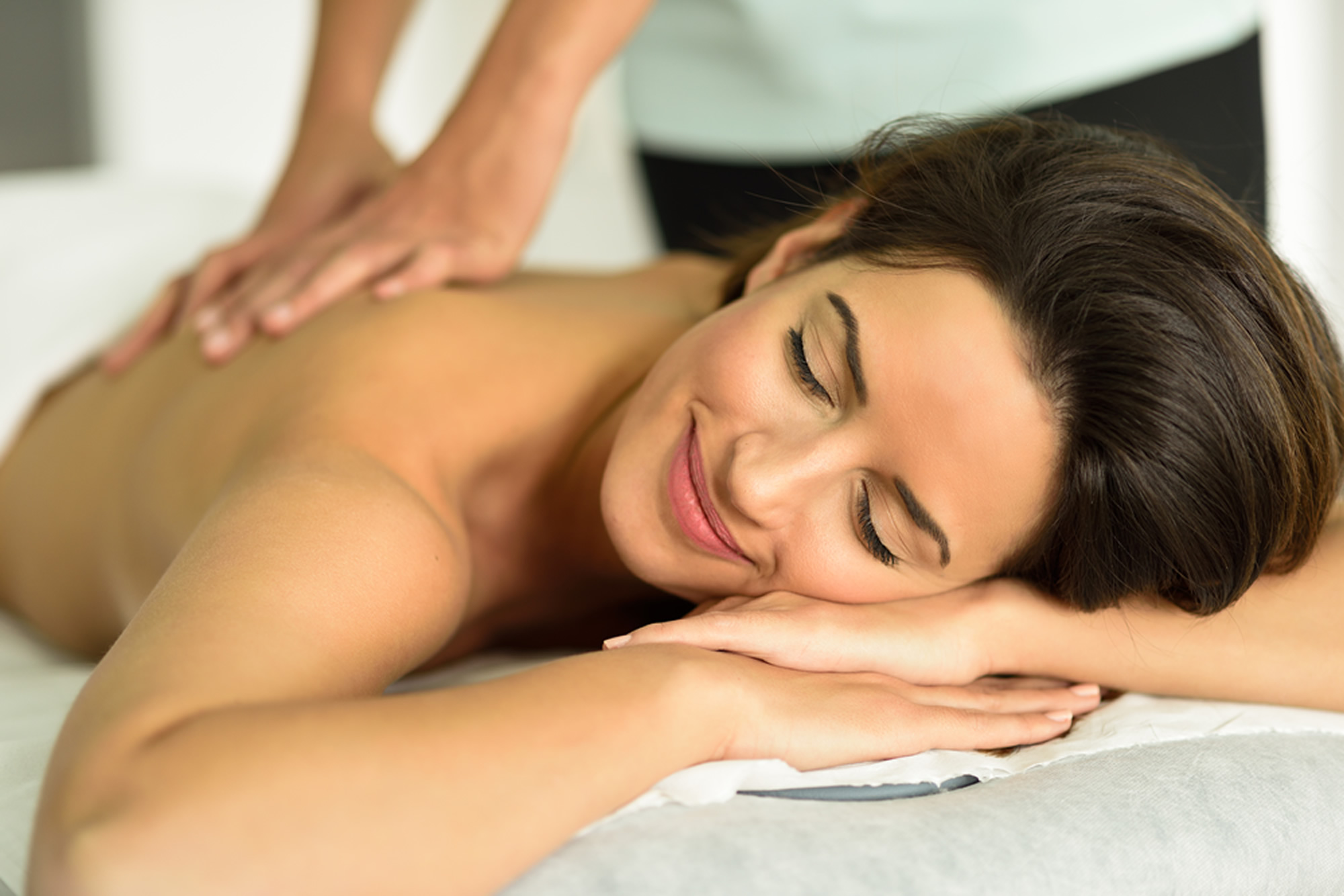You will encounter many different forms of massage depending where around the world you travel. However in this modern age, you can probably find all significant forms of massage within a close proximity.
[vc_row][vc_column][vc_column_text]From an early age, we learn that the touch of a hand can ease pain. When a toddler bangs his knee in a tricycle accident, he’ll instinctively rub the sore spot. Likewise, an office worker with stiff shoulders will probably try to knead them. And if a dancer can’t shake the throbbing pain in her back, she just might schedule an appointment with a massage therapist. The healing power of a well-placed hand is so apparent that just about every culture in history has used massage to relieve pain. Massage faded into the background with the arrival of modern medicine, but a growing number of people are turning (or returning) to hands-on relief. According to a survey by the American Massage Therapy Association (AMTA), about 25 percent of adults had had a massage at least once in the past 12 months, and 50 percent used massage therapy for health-related reasons, such as relief for pain or stiffness. It may be an “alternative treatment,” but massage already has the respect of the medical community. As reported in Rheumatology, more than 70 percent of doctors say that they have referred their patients to massage therapists. In addition, AMTA surveys show that two-thirds of Americans would like their health insurance to cover massage therapy. If you’re suffering from pain — brief or chronic — you may want to give massage a try. Minor aches and pains aside, you should have a doctor evaluate you to rule out other causes of pain (especially persistent or acute pain for which there’s no apparent cause); in some cases pain can signal a serious condition, such as cancer or scoliosis. Also, before you climb into the massage chair or lie down on the table, you’ll probably want answers to a few questions.[/vc_column_text][/vc_column][/vc_row][vc_row][vc_column][vc_single_image image=”2565″ img_size=”full”][/vc_column][/vc_row][vc_row][vc_column][vc_column_text]How does massage ease pain? Massage seems to ease pain in several different ways. For starters, it can increase blood flow to sore, stiff joints and muscles, which are warmed by the extra circulation. As reported by the National Center for Complementary and Alternative Medicine, animal studies have found that massage also triggers the release of natural painkillers called opioids in the brain. (The report doesn’t explain how scientists massage the animals.) Animal studies also suggest that massage speeds up the flow of oxytocin, a hormone that relaxes muscles and encourages feelings of calmness and contentment. As an aside, oxytocin happens to be the same hormone that flows through women before labor. It relaxes the uterus and helps cement the bond between mother and infant, earning it the nickname “love hormone.” Massage may also change the way the brain senses pain. As Stanford neuroscientist Robert Sapolsky has said, the short, sharp sensations of a good massage can temporarily make the brain forget about other aches. How effective is massage for pain relief? There’s little doubt that a good rub-down can ease pain and tightness in stressed, overworked muscles. Now there’s growing evidence that it can also help relieve chronic (long-lasting) pain, especially the lower-back variety. A study of 262 patients published in the Archives of Internal Medicine found that massage was far superior to acupuncture or patient education for relieving back pain. After 10 weeks, 74 percent of patients said massage was “very helpful.” Only 46 percent for those who received acupuncture and about 17 percent of those who read a self-help book had the same response. Massage patients were also four times less likely than other patients to report being bedridden with pain. The authors concluded that “massage might be an effective alternative to conventional medical care for persistent back pain.” In a true test of its value, massage has even been shown to ease the chronic pain and other miseries suffered by cancer patients. A study of more than 1,200 patients at Memorial Sloan-Kettering Cancer Center published in the Journal of Pain and Symptom Management found that massage reduces symptoms such as anxiety, nausea, and pain by about 50 percent. Is massage safe? Massage is very safe, especially when performed by an experienced, licensed professional. It’s not entirely risk-free, however. A study published in the journal Rheumatology found 16 separate cases where massage caused serious injuries, including nerve damage and, in one instance, a bruised liver. The study concluded that such complications are “true rarities” that are most likely to occur at the hands of laypeople, or the use of more forceful techniques such as shiatsu. According to the National Center for Complementary and Alternative Medicine, massage can be hazardous for anyone with deep vein thrombosis, burns, skin infections, eczema, open wounds, broken bones, or advanced osteoporosis. Cancer patients should consult with their oncologists about the safety of massage therapy as there may be a greater risk of certain adverse effects, such as internal hemorrhage or the dislodging of blood clots. They can also ask for a referral to a massage therapist who has a certification in oncology massage, and works in conjunction with a medical school or cancer treatment program. And although massage has been found useful for relieving the aches and stiffness that show up during pregnancy, some experts recommend waiting until the second trimester to receive prenatal massage. Also, check with your doctor or midwife before undergoing massage or any other new procedure. If he or she signs off on prenatal massage, look for a certified massage therapist who has an additional certification in prenatal massage. Finally, the University of Washington Department of Orthopaedics and Sports Medicine warns against massaging joints that are swollen or extremely painful. The university offers this advice: If massage causes pain, stop. If you feel pain during a therapy session, tell your massage therapist immediately. You’re the expert on whether the treatment is helping or worsening your pain. How do I find a massage therapist? Get a recommendation from people you trust most, including friends, family, coworkers, or your doctor’s office. The American Massage Therapy Association and the National Certification Board for Therapeutic Massage and Bodywork also have handy locators on their Web sites for therapists in your area. Once you do find a therapist, you can include the following questions: Are you licensed to practice massage? Are you a member of the American Massage Therapy Association? Where did you receive your massage therapy training? Are you Nationally Certified in Therapeutic Massage and Bodywork? (Certification involves 500 hours of training and a written exam.) Not all states, however, require professional massage therapists to get a license. Which type of massage works best? There’s no clear evidence that one form of massage works better than any other. One review of back pain studies found that acupressure or pressure point massage may be slightly more effective than the classic “Swedish” method of rubbing and kneading. The most important thing to consider when choosing a massage technique is the quality of the therapist. Not only are experienced practitioners safer, they’re also more effective. The 2006 study of back pain found that the “greatest benefit came from trained massage therapists who had many years of experience.” There’s only one amateur that should have your complete trust: yourself. As reported by the University of Washington, you can give yourself an effective massage. Just put a little oil or lotion on your hands and glide them over the sore spots. You’ll be in the perfect position to know what helps and what hurts.[/vc_column_text][/vc_column][/vc_row]







Leave a Reply
You must be logged in to post a comment.